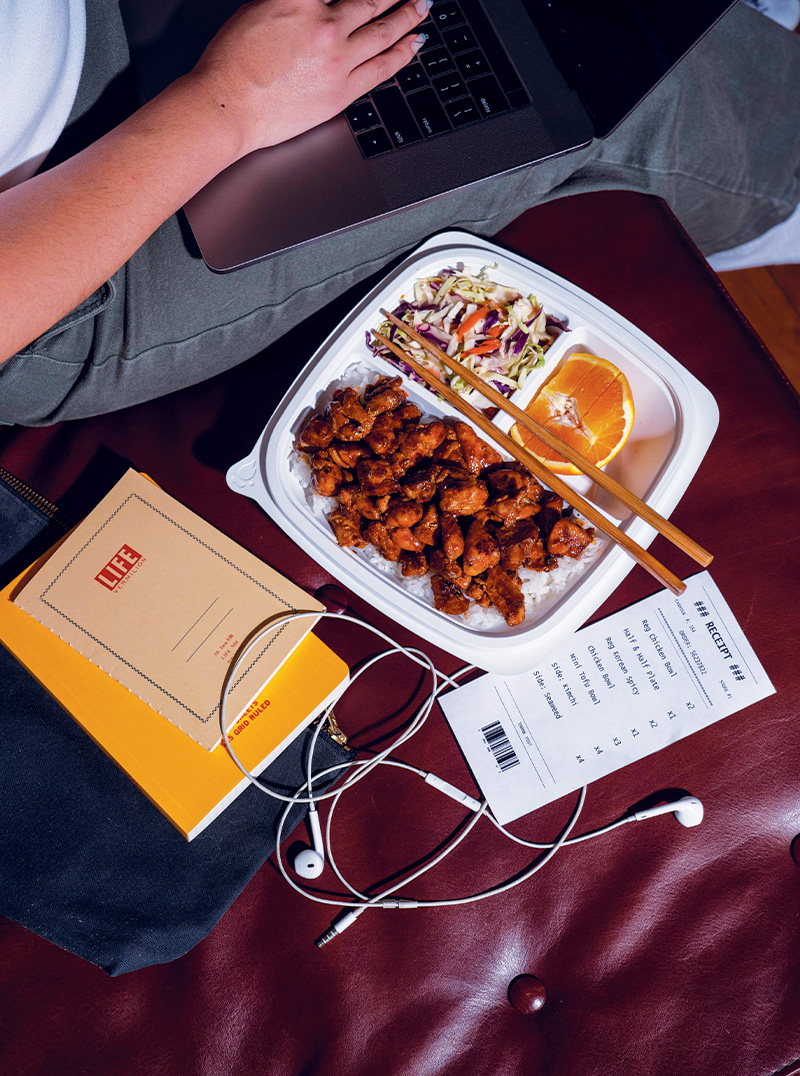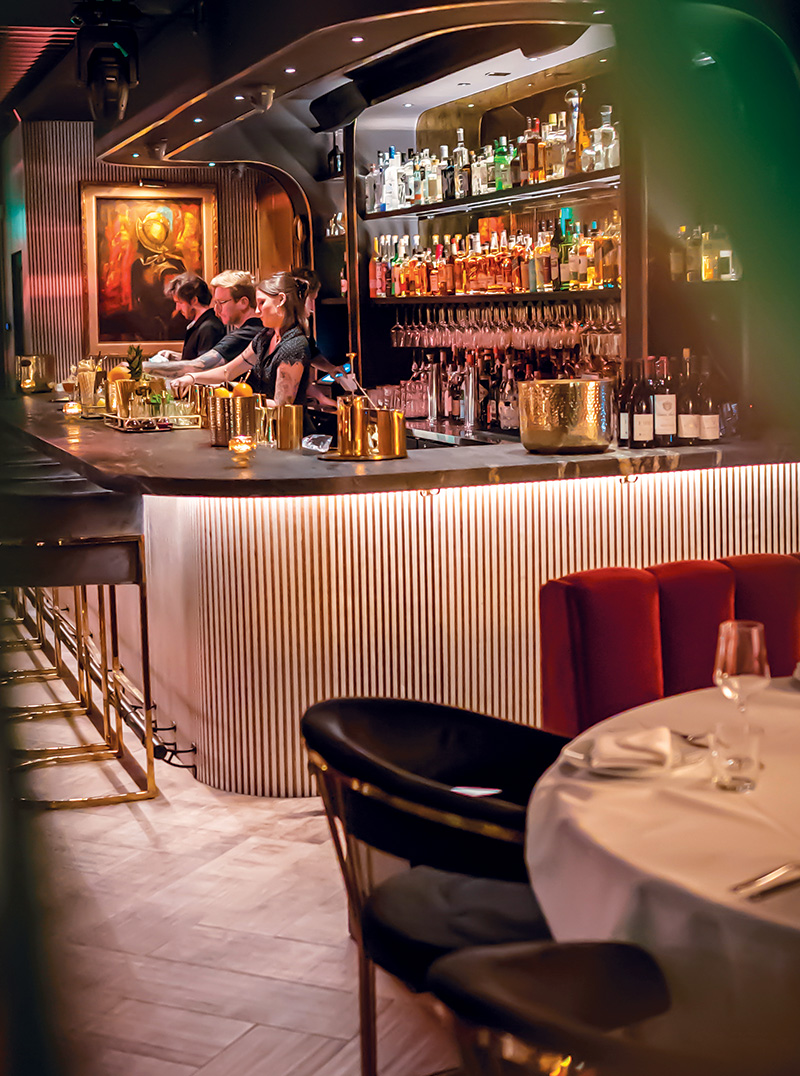How to Reduce Restaurant Labor Costs in 2024
When cutting hours and service improves well-being without hurting profits
For many years, restaurants wanted to be all things to all people. They’d open whenever guests wanted to eat there. To maximize the benefits of fixed costs, they’d add breakfast and serve food between lunch and dinner service. If unused space existed, they’d develop another concept, such as a speakeasy or a limited to-go operation.

That’s changing, especially for independent restaurateurs, who have had a chance during and after the pandemic to reflect on what was important to them. Meanwhile, weary workers sought different career paths, resulting in a labor shortage that pushed operators to reexamine their schedules.
Developing concepts that function with less labor has been the solution for some operators, while restaurants in general are opening later or closing earlier, according to market and menu research firm Datassential. Last year, the average restaurant was open 6.4 fewer hours than in 2019, a decline of 7.5%. Pete’s Kitchen, which had been a 24-hour standby in Denver for decades, started closing at 9 p.m., except on Fridays and Saturdays simply because they didn’t have enough staff.
1. Open Fewer Days
Monday has traditionally been the only day of rest for restaurants, but increasingly it has crept to two or three days. Restaurateur Joey Campanale closes his popular Italian restaurant, Fausto, on Mondays and Tuesdays because he can’t find enough staff. He later developed a Spanish wine concept, Bar Vinazo, which has a limited menu dominated by easy-to-prepare charcuterie and cheeses, allowing him to open seven days a week with minimal staff.

Atlanta Chef and Restaurateur Deborah Van Trice closes all three of her restaurants – Oreatha’s, Twisted Soul Cookhouse & Pours and La Panarda – on Mondays and Tuesdays for several reasons echoed by many of her peers.
“It was for self-preservation and preservation of my staff,” she says. “We work hard dealing with customers … and it wears on you mentally. Being away from this place was the healthy thing to do. It’s taking more control of what we’re doing. I think prior to COVID, we didn’t spend as much time thinking about ourselves.”
And she discovered that her guests were perfectly capable of adapting to restaurants that are open only five days a week. “We learned that we could make as much money with shorter hours,” she says.
Strategy in Action
Open only on Friday, Saturdays and Sundays and closed holidays, including the days leading to Labor Day and the weekend after Thanksgiving
Sugar Moon Bakery in Chicago
Closed Sundays, Mondays and Tuesdays
ADKT, a Parisian-themed supper club in West Hollywood, California
2. Offer Tableless Operations
A new class of takeout-only restaurants is thriving, catering to guests who are content to not sit down with their food.
The benefits of offering no tables include fewer staff and less expensive real estate. Flame Broiler, a Korean bowl chain based in Southern California, has introduced takeout-only restaurants for those reasons.

“We’re here to do whatever it takes to serve our franchisees, employees and customers at a world-class level,” Chief Operating Officer Christian Lee says in a press release.
3. Schedule Staff Accordingly
Create your staff schedule based on projected sales volume, and trim labor during unexpected slow times. As sales fluctuate, it’s critical to maintain a labor cost percentage that allows you to turn a profit. A “set it and forget it” approach to your staff schedule can lead to unnecessary extra hours during the slow times and a dip in service levels as peak times change. There are many restaurant scheduling tools on the market today to help ensure that your staff schedule and labor hours meet projected sales volumes.
QUICK TIP: Don’t just copy and paste last week’s staff schedule. Looking at sales data and taking some extra time to plan for the week could save you hundreds of dollars.
4. Hold Managers Accountable
Your management team is an extension of you and should have a solid understanding of your business challenges and goals and what their role is in helping to achieve them. Incentivize your management to meet labor goals. Your managers can’t help with controlling your restaurant’s labor costs if they don’t know where they stand. Hold managers accountable to a labor percentage, and bonus them when they exceed expectations. Overtime is another unnecessary additional expense that your managers should be required to avoid.
QUICK TIP: Help your managers understand the business of running your business, and give them incentive to keep your restaurant labor costs in line.
5. Hire Good People
This seems like a no-brainer, but hiring the right people makes all the difference. Invest in your employees. Hire good people, and train and treat them well. Turnover can be fatal for a restaurant that is already struggling. Implement a system to hire good people and help recruit, screen, interview, onboard and train new staff. Well-trained employees will work more efficiently, stay with you longer and provide a more consistent level of service to your customers.
QUICK TIP: Invest in your employees. Celebrate your staff. Cross-train employees so they can learn new skills, fill in for no-shows and be ready to take on new roles. Have pre-shift meetings and family meals to build comradery and show your staff they’re valued.
Where Tableless Operations are Thriving
Slice House, a pizza concept featuring a 500-square-foot kiosk available for stadiums and high-foot-traffic areas
From San Francisco-based Pizzaiolo Tony Gemignani
To-go-only storefront with bakery operation behind the selections, closed Mondays and Tuesdays
From Pastry Chef Mindy Segal of Mindy’s Bakery in Chicago
